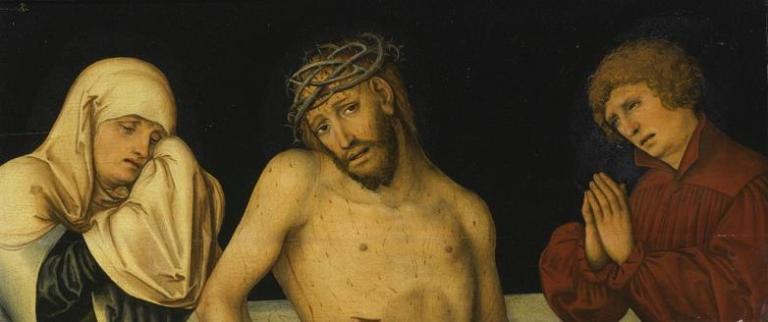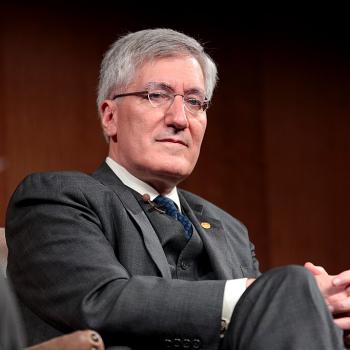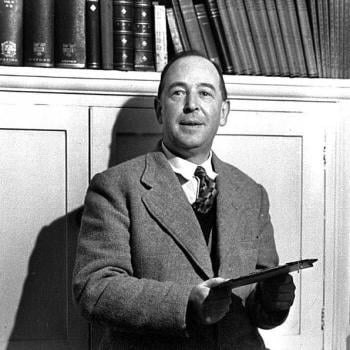During this Reformation quincentenary anniversary, Martin Luther has been credited and blamed for all kinds of things–reforming the church, starting Protestantism, starting secularism, promoting oppression, promoting freedom, and on and on. But Luther was primarily a theologian, with greater depth, nuance, and sophistication than many scholars realize. The greatness of Luther as a thinker is abundantly evident in Mark C. Mattes’ new book Martin Luther’s Theology of Beauty (Baker Academic).
Mattes has Luther interacting not only with Plato, Augustine, and Aquinas, but Kant, the postmodernists, and today’s Radical Orthodox theologians. “Beauty” is a pivotal concept not just for artists but for philosophers, theologians, and ordinary human beings. And their different concepts of beauty are uniquely revealing about their understanding of God, nature, and everyday existence.
Medieval Christians saw beauty not so much in terms of artistic craftsmanship but as an attribute of God, which, in turn, is present throughout His creation. Drawing on classical philosophy, they defined beauty as what awakens desire. Sinful human beings are attracted to the beauties of the world, but they can learn to go beyond them, so as to find the ultimate fulfillment of their desires in God.
What makes something beautiful, according to medieval theologians, is its harmony, its light, and its perfection. These qualities can be found in nature, in human beings, in human creations such as art and architecture, and supremely in God.
Luther accepted these qualities as they applied to earthly beauty, though they are not exhaustive. But, as Matthes explains, he had problems with this view of beauty as it applies to human beings and to God.
First, sinful human beings do not naturally desire or seek to contemplate God. Their natural relationship to God is “conflictive.” Sinners are in conflict with God. They tend to consider themselves as beautiful and to pursue the beauties of this world, but they reject God and make themselves “ugly” to Him.
Second, the medieval view of the hierarchy and ladders of beauty attempt to contemplate God, but ignore His incarnation in Christ. They are theologies of glory, neglecting the theology of the cross.
Luther found that the Psalms describe the Messiah as beautiful. (See, for example, Psalm 45.) But Isaiah said that “he had no form or majesty that we should look at him, and no beauty that we should desire him” (53:2).
Here is what Christ brings to the question of beauty, as Mattes summarizes Luther: Christ violates the “medieval criteria of proportion, clarity, and perfection. In aligning himself with sinners of all sorts, Christ associates with the disproportionate, the dark, and the imperfect, and he himself becomes all this ugliness” (p. 96). Luther agreed that God, including God the Son, is beauty and the source of all beauty. But the Gospel turns things upside down:
Christ who is beauty itself became ugly by identifying with sinners so that humans made ugly through sin might become beautiful in God’s eyes. (p. 70)
Justified by grace through faith, sinners become clothed in the beauty of Christ.
The aesthetic criteria of “perfection” is Law. The Gospel brings out other dimensions of beauty. The beauty of God is not just His perfection, but His compassion. This beauty of grace discloses other senses of beauty for human beings: Beauty not as an achievement but as a gift. The beauty of not of perfection but of freedom. Beauty not as a transcendent ideal but as opening the senses to more fully perceive God’s creations.
This “Gospel Beauty” and its relationship with “Creation Beauty” has implications for music, the visual arts, the material universe, and the pleasures of everyday life. We’ll explore those in later posts.
Mattes explores the ramifications for aesthetics of Law and Gospel, God’s alien and proper work, the Word and Sacrament, the Theology of the Cross, the hiddenness of God, and other concepts that are often pigeonholed as narrowly theological, with little bearing on other aspects of life.
For Luther, theology and aesthetics mutually illuminate each other. Mattes discloses these connections with astonishing scholarship and insight.
Illustration: “Christ as the Man of Sorrows with the Virgin and St. John” by Lucas Cranach the Younger [Public domain], via Wikimedia Commons













